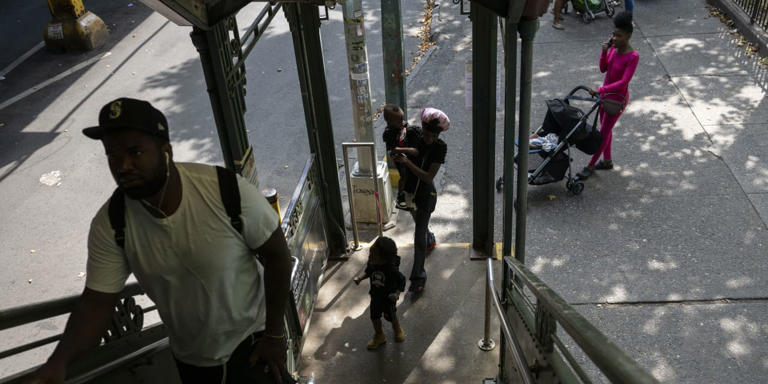The U.S. economy grew at a faster pace in July, according to two separate S&P surveys, indicating it is performing well despite the challenges of high interest rates and ongoing inflation. However, a turbulent presidential election has emerged as a significant concern for the future.
The S&P U.S. services index of purchasing managers rose to 56.0 in July, marking a 28-month high, up from 55.3 in the previous month. This index measures the health of the services sector, which includes retailers, banks, hospitals, and other service-oriented businesses that employ the majority of Americans. Numbers above 50 signal growth, suggesting robust expansion in this sector since the pandemic.
On the other hand, the preliminary U.S. manufacturing PMI dropped to a six-month low of 49.5, slipping back into negative territory. While manufacturing remains crucial, it represents a smaller portion of the modern U.S. economy. Purchasing managers, who are responsible for buying supplies for their companies, tend to increase purchases when economic conditions are favorable and cut back when the outlook is uncertain.
The surveys, which are early indicators of economic performance each month, highlighted a divergence in new orders. There was a rise in new orders among service-oriented companies, signaling future sales growth, but manufacturers experienced a decline. Employment levels across sectors were relatively subdued, indicating that fewer companies are actively hiring.
Inflation showed signs of waning, with prices rising at one of the slowest rates in four years due to increased competition for customers. Despite this, higher labor costs and prices for raw materials suggested that inflation might not return to pre-pandemic levels soon.
Business leaders expressed growing uncertainty about the upcoming presidential election, leading to reduced economic optimism and caution in investment and hiring decisions.
Overall, the economy has decelerated from the rapid growth observed in the latter half of the previous year but remains relatively strong. Current forecasts suggest the economy grew at a rate of over 2% in the second quarter, compared to 1.4% in the first quarter.
Looking ahead, S&P chief business economist Chris Williamson described the situation as a “Goldilocks” scenario, with robust economic growth and moderating inflation. However, the heightened uncertainty surrounding the election is dampening investment and hiring among both manufacturers and service providers.
In response to the economic data, the Dow Jones Industrial Average and the S&P 500 experienced declines in Wednesday’s trading.
